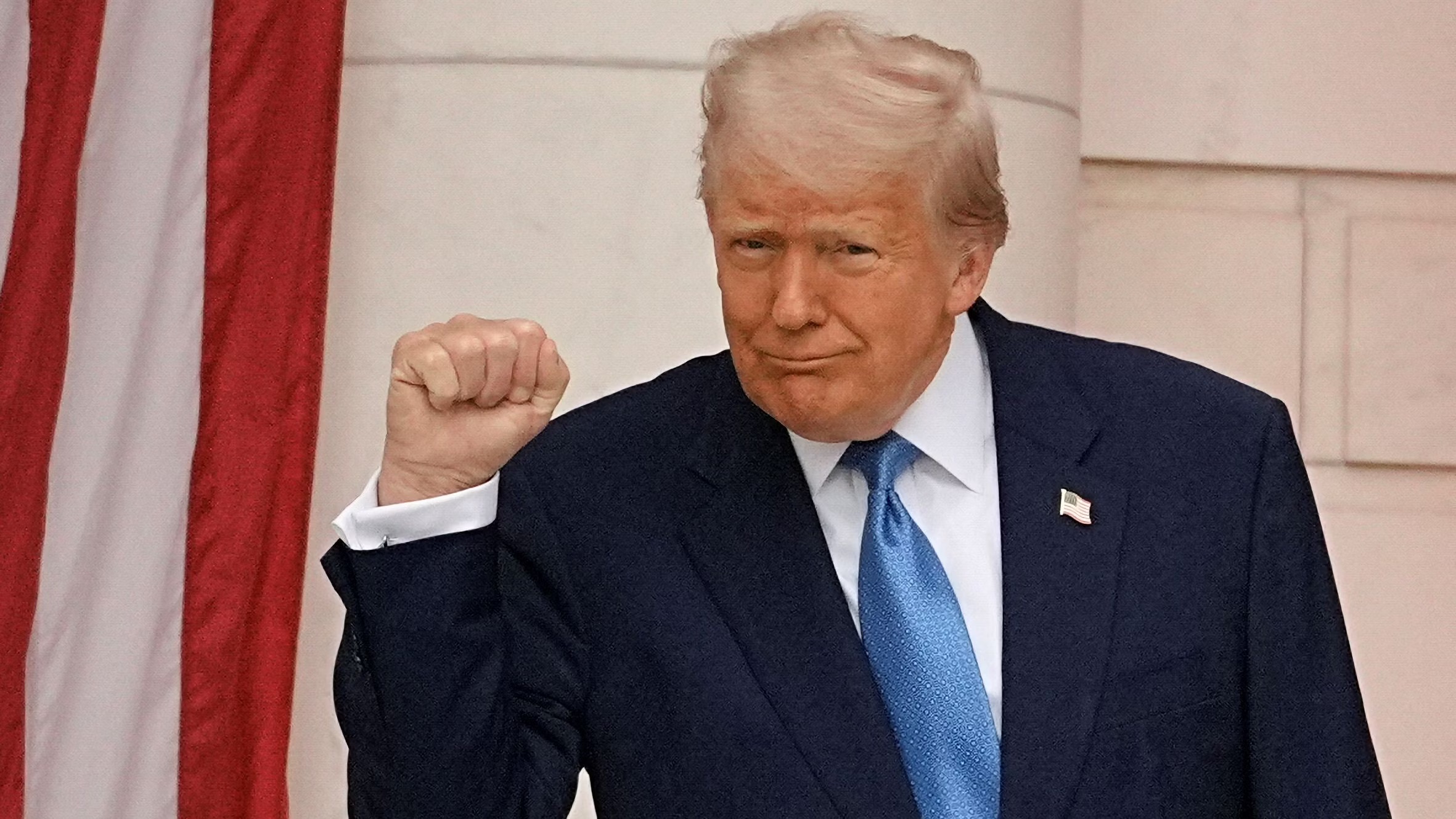
President Donald Trump suggested his administration could raise tariffs on foreign-made chips to 200% or even 300%, far exceeding the 100% rate he floated just last week. Speaking with reporters aboard Air Force One while traveling to Alaska for a meeting with Russian President Vladimir Putin, Trump tied the measure to U.S. economic strength and factory growth.
“We have hundreds of factories all over the country, including auto factories and AI factories,” Trump said. “They’re all coming in because they want to beat the tariffs. If they open here, they don’t have to pay tariffs. If they don’t open here, they have to pay, in some cases, 200%, 300%. I haven’t even set some of the tariffs yet.”
Timeline and Scope
Trump confirmed new tariffs would be announced “next week, and the week after,” with chips and semiconductors expected to be included. He also emphasized a phased approach: tariffs would start at a lower rate before sharply increasing to pressure companies into building facilities in the U.S.
“That gives them a chance to come in and build,” Trump explained. “If they don’t build here, they have to pay a very high tariff, which doesn’t work. So they’ll come and build.”
Impact on Tech Giants
Apple, Nvidia, and TSMC may have only temporary exemptions from the tariffs. Just last week, Taiwan and South Korea indicated they expected TSMC and Samsung to be shielded, after Trump stated that firms already committed to U.S. factories would avoid the 100% tariffs.
Still, Trump’s administration has signaled that computers, phones, and monitors — previously exempt under his “reciprocal tariffs” policy — could eventually face new levies as semiconductor-specific tariffs roll out.
The technology sector is now bracing for higher costs across a wide range of electronics, from PC processors to consumer devices, depending on how the tariffs are implemented. For many companies, the looming deadline means weighing whether to accelerate U.S. investments or risk paying steep fees on imports.
Author’s Opinion
Trump’s strategy looks less about collecting tariffs and more about forcing foreign companies to bring manufacturing to the U.S. The numbers he throws out — 200%, 300% — sound designed to scare businesses into action. Whether this ultimately strengthens domestic chip production or just raises prices for American consumers depends on how long exemptions last and how quickly factories can be built. But one thing is clear: the uncertainty itself is already reshaping corporate decisions.
Featured image credit: Heute
For more stories like it, click the +Follow button at the top of this page to follow us.
